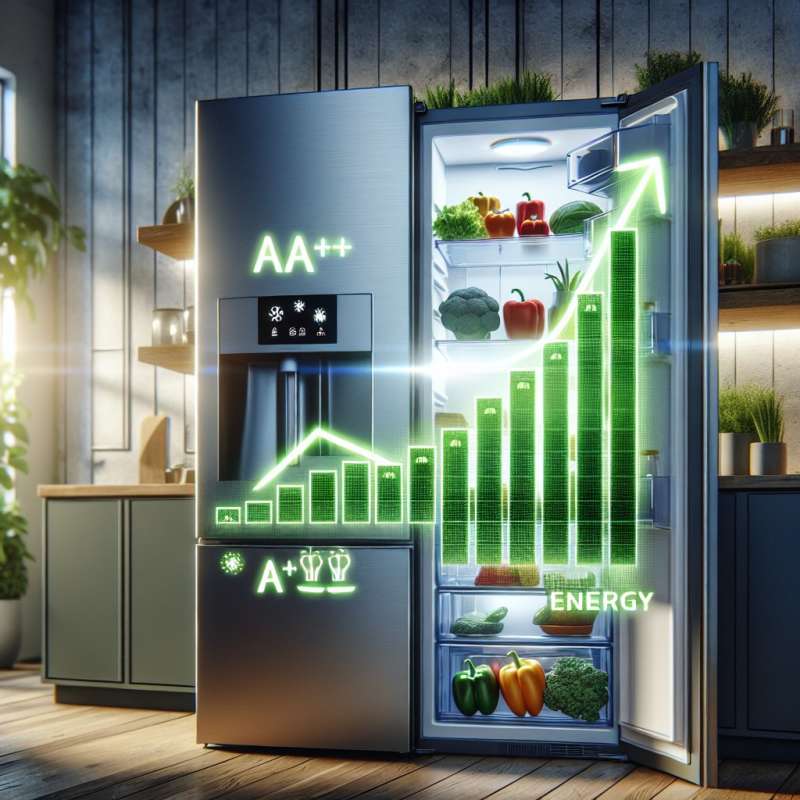
Refrigeration: A Brief History
The modern refrigerator's roots date back to the 1750s with artificial refrigeration concepts. However, it wasn't until 1913 that domestic refrigerators began to be mass-produced, revolutionizing food storage and safety.
Basic Refrigerator Mechanics
Refrigerators operate on the vapor-compression cycle, using a refrigerant to absorb and release heat, thereby cooling the interior. Key components include the compressor, condenser coils, evaporator coils, and expansion device.
Thermodynamics in Action
Thermodynamics governs refrigeration. The refrigerant transitions between liquid and gas states, absorbing heat from the fridge interior and releasing it externally, thus maintaining a constant cool temperature within.
Food Preservation Secrets
Refrigerators slow bacterial growth by maintaining temperatures just above freezing. This extends food life by hindering microorganism reproduction, which typically thrives in warmer conditions.
Energy Efficiency Evolution
Modern refrigerators have evolved to be highly energy-efficient. Innovations like LED lighting, improved insulation, and variable speed compressors have significantly reduced their environmental footprint.
Beyond Cooling: Smart Features
Today's refrigerators boast smart technology: touchscreen interfaces, inventory tracking, energy consumption data, and even internal cameras. Some can connect to Wi-Fi, enabling remote monitoring and control.
Cooling's Ecological Impact
While beneficial, refrigeration historically used CFCs and HCFCs as refrigerants, harming the ozone layer. Today's models use eco-friendlier substances like HFCs, although the search for better alternatives continues.Unexpected Origins
Early refrigerators used toxic ammonia as refrigerants, posing severe health risks. Modern advancements have since replaced these dangerous substances with safer alternatives.
When did mass-produced fridges become common?
1750s, with early concepts
1913, revolutionizing food safety
20th century's end
Company